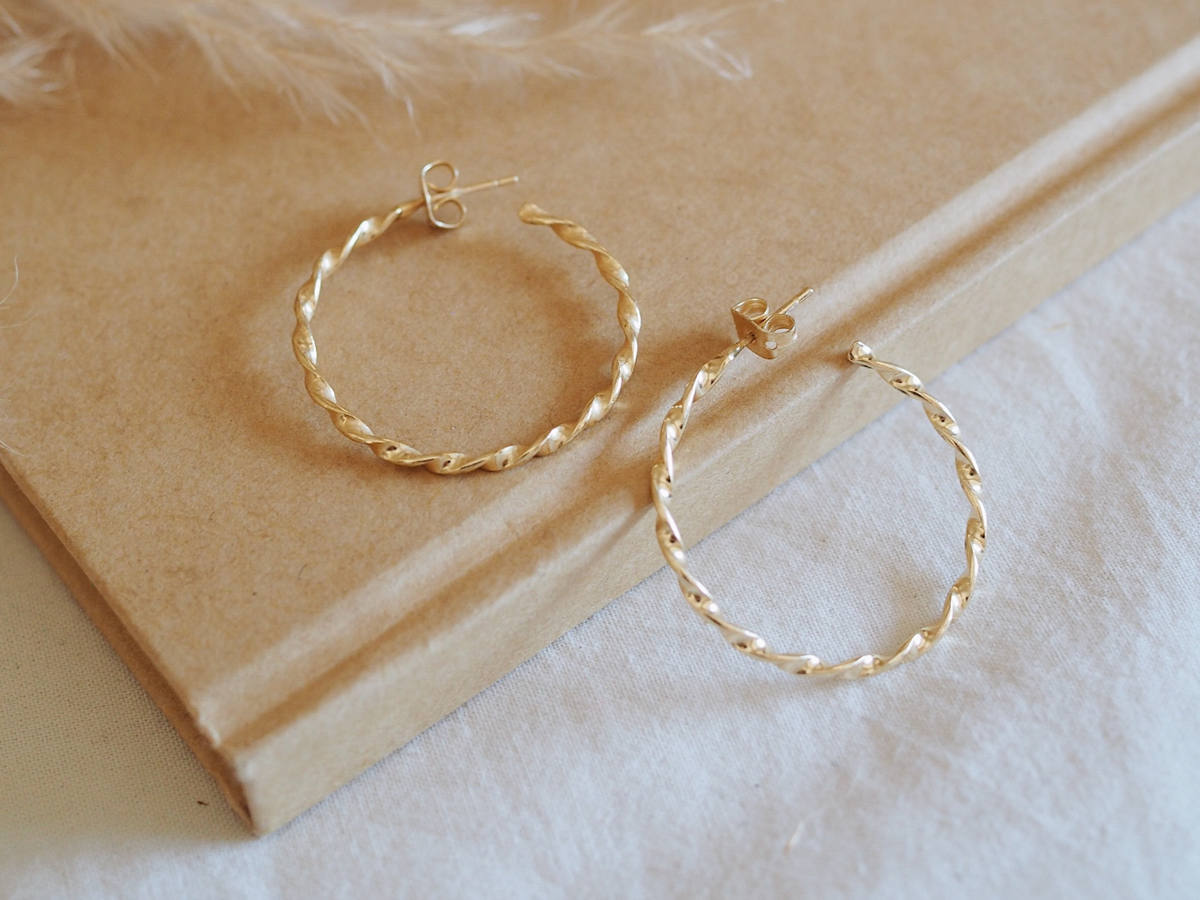
The First World Gold Day
The topic of sustainability is in the headlines in the past years from many different angles and industries but for some reason the gold and jewelry industry are still not part of this revolution yet. The footprint of the jewelry industry is still not something discussed in primetime or popular media althought we need and use many products that could be found almost in every house around the world that contain gold in them.
When thinking about gold, we immediately think about something glamour, sparkling and precious but behind this shiny material there is a hard hitting business that is not even in the spotlight. The gold industry leaves behind its production waste, toxins and inhumane practices. Around the world, some 100,000,000 miners depend on gold mining for their livelihood. Around 80 percent of them work in artisanal and small-scale mines. Small-scale miners often work without the backing of health and safety equipment and regulations although the extreme danger and complications in mining and processing gold. In some places around the world, mining takes place with the involvement of middlemen who abuse mining communities without any financial alternatives. The industry is facing a big challenge to ensure that the work takes place while protecting the environment and the workers from exploitation.
Gold is essential for many things on which we rely today, from government reserves to diagnostic and other medical equipment, electronic devices, and, of course, jewelry, which represents 60 percent of all gold used. The production starts with operating a mine, that is as you imagine it a enormous hole in the ground of the earth (some mines are so big that they are seen from spaceships). To operate a mine there is a need of extensive energy, machinery and other resources all of these lead to high greenhouse gas emissions and this is just the first step.

The dark side of gold
Toxic elements such as cyanide and mercury are intensively used in mining; an average large-scale gold mine, for example, uses 1,900 tonnes of cyanide annually. Twenty tonnes of waste are produced for every ounce of gold. The entire ecosystem is impaired; marine life and mammals, not to mention other fauna and, of course, flora, may be totally obliterated in affected areas. Small-scale gold mining is the largest source of mercury pollution to air and water combined.
After the mining the extraction begins with crushing and milling the ore (the mined stones that contain precious minerals like gold) and mixing it with a lot of water and cyanide in order to separate the gold out. All of these processes require a lot of water that afterwards contain toxic chemicals. The toxic chemicals used in production are also contaminate the air and creates soil erosion and can effect people that live by the mine through inhalation or food poisoning.
Many gold-mining communities don’t have another economically viable alternatives in the areas where they live. These people rely on mining to supply their families with food and other basic necessities, risking their lives and those of their children with no assurance of a monthly salary.
Since gold is a chemical element mixed in the soil, the ecosystem is balanced. After extraction, however, it cannot be reinserted into the soil without disrupting the ecosystem. If so, all the gold that has been extracted in history still exists. There is enough gold in our homes, in jewelry, electronic devices, cameras, televisions and even medical equipment.

Recycled gold
This topic is going to be highlighted almost for the first time from the 15.11.19 onwards, as part of the First World Gold Day. This topic will be noted in Berlin but the campaign around it will be shared in Germany, Austria and Switzerland. The world gold day is organized by Earthbeat Foundation, that was established by Guya Merkle who is also the founder of Vieri, a Berlin based sustainable jewelry brand. The foundation sets out to diversify the sources of income for gold miners and their communities and raise awareness among gold consumers and the industry.
This year the focus of the campaign is the raise awareness that each one of us comes in touch with products that contain gold, but if we would be more aware and recycle older and unused products it might be possible to minimize the mining operations and focus on urban mining.
Urban mining is all about recycling precious materials like gold in order to stop the conventional mining industry that destroy many landscapes around the world. At the same time urban mining deals with the enormous amount of e-waste. In the past few decades human beings created extreme amounts of waste without any thought of how to thinking about the fact that it is not compostable and not yet designed to be reused and recycled well. From around 40 discarded mobile phones or a tonne or ore (mined rocks that contain gold flakes, nuggets or granolations) it is possible to create one gold ring.
The porpuse of this day is to talk about this topic and rewrite the future of gold. Just by doing few small things like recycling old electronic devices it is possible to achieve a bigger impact on the gold industry, for the good of everyone while also contributing to the planet in a thoughtful, responsible and positive way for everyone. Follow Earthbeat Foundation and WGD1511 on Instagram for more details.
+ Words: Danielle Keller Aviram








